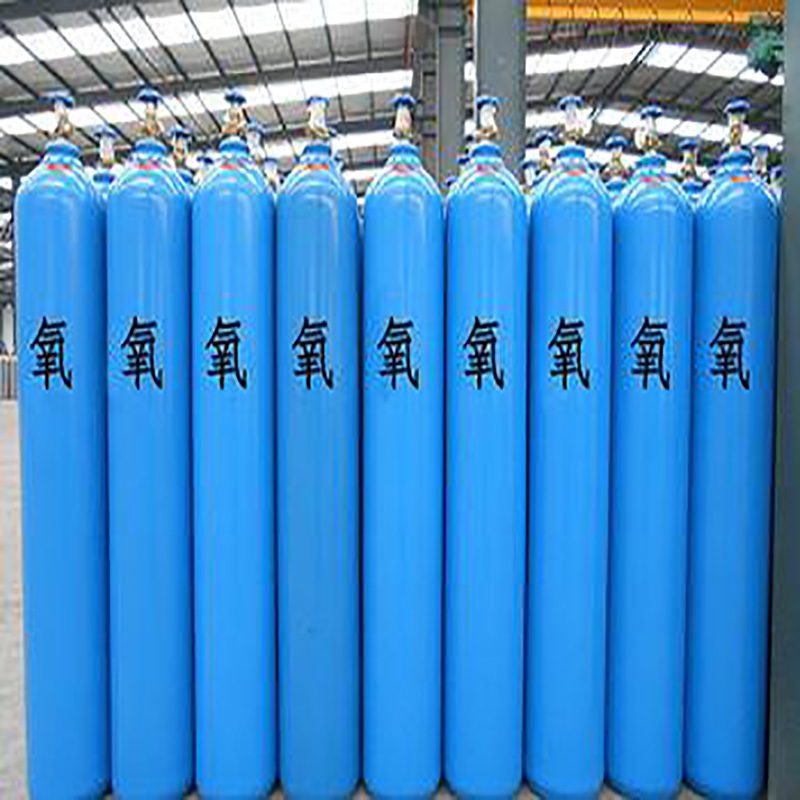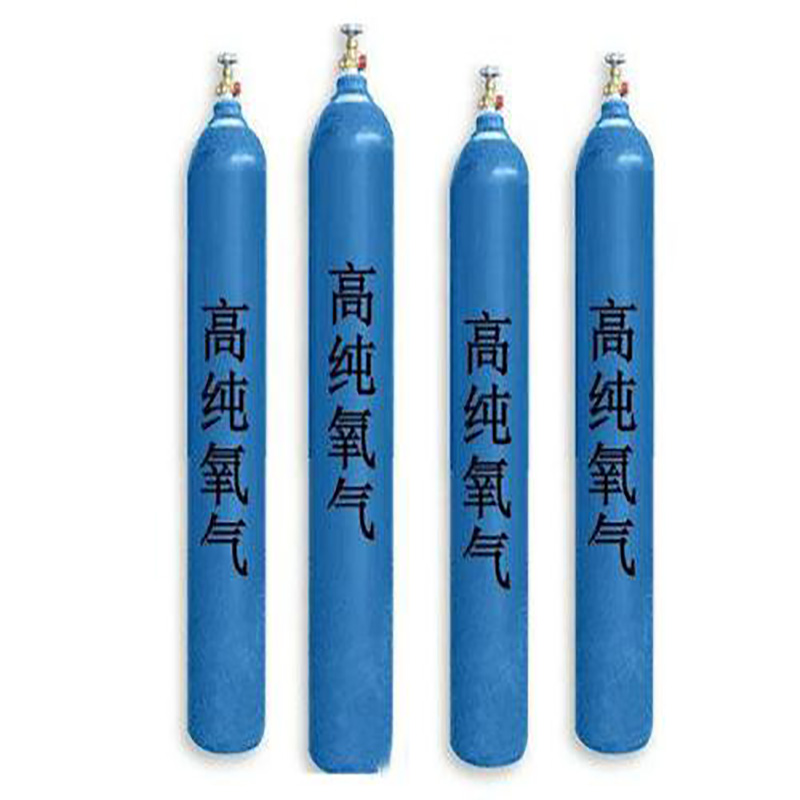Oxygen
It is not very vivid at room temperature, and it is not easy to effect with many substances. However, it is very vivid at high temperatures and can be directly combined with a variety of elements. This is related to the electronegativity of oxygen atoms second only to fluorine.
Oxygen is most widely dispersed in nature, accounting for 48.6% of the mass of the earth's crust, and is the most abundant element. Oxygen is required for the oxidation of hydrocarbons, the treatment of waste water, rocket propellants, and the breathing of animals and humans in aviation, aerospace and diving. Animal breathing, burning, and all oxidation processes (including the erosion of organic matter) consume oxygen. But the oxygen in the air is constantly replenished through the photosynthesis of plants. In the cutting and welding of metals. It uses oxygen with a purity of 93.5%-99.2% and combustible gas (such as acetylene) to produce a flame of extremely high temperature, thereby melting the metal. The metallurgical process cannot do without oxygen. In order to strengthen the production of nitric acid and sulfuric acid, oxygen is also required. Instead of using air, a mixture of oxygen and water vapor is blown into the coal gasifier to obtain coal gas with high calorific value.
Oxygen is a colorless and odorless gas, and the most common elementary form of oxygen. Melting point is -218.4°C, boiling point is -183°C. It is not easily soluble in water, and about 30mL of oxygen can be dissolved in 1L of water. Oxygen in the air accounts for about 21%. Liquid oxygen is sky blue. Solid oxygen is blue crystals.




